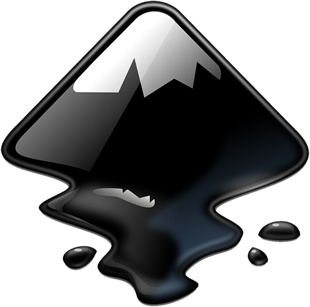@atpfm There was a lot of consternation from John @siracusa about parts of the screen that were neither part of the active area nor outside the active area …
Yet this is not only part of the history of paper documents — margins on written pages, typeset books, and Microsoft Word — but it was always a part of computer display systems
(My first ever Wikipedia edit decades ago was for https://en.wikipedia.org/wiki/Overscan …)
The early text-mode displays always had an area of the active signal that was not used for data; when 8-bit gave way to 16-bit PCs like Commodore Amiga and Apple IIgs, this “border” area became controllable and a color could be selected (via text-mode BIOS-style settings, or graphic-mode Control Panels).
And all the way into the present day, even 15 years after the death of the CRT, video editing still enforces the concepts of Action Safe and Title Safe. Historically these were huge with CRTs at 5% and 10%, then got tweaked as aspect ratios changed, then thinned out as flat panels made screen geometry more predictable.
But it never went to zero — Title Safe in particular will never reach the edge of the display, and you will never find a logo (or watermark) touching the edge of the display.
However! You still have to DESIGN to the edges, or fill it with active signal. “Shoot and protect”, as they’d say in filmmaking.
You HAVE to put something in the edges, whether it’s an adjacent graphic extending from the inner areas to the ends, or just a piece of background vision.
This kind of “wasteful” image production is completely normal outside the computer Iindustry, and is in fact universally applied in every other industry. You MUST fill in more pixels that you’ll never use, and possibly never see, in any canvas containing graphic design.
“Sorry but it’s true”, as Ja’mie would say





 GET EMULSION!
GET EMULSION!


 series here
series here